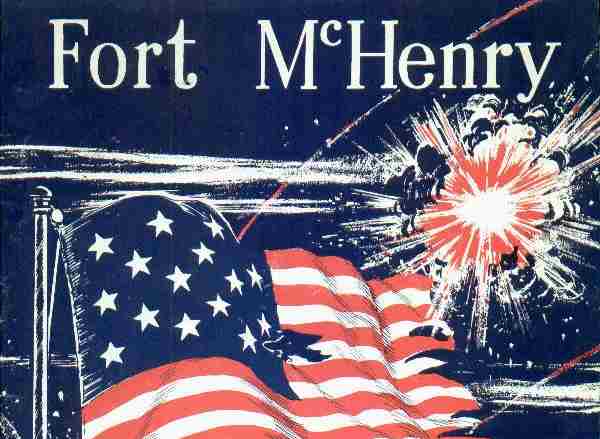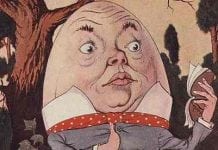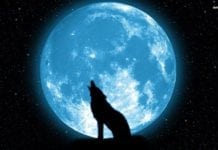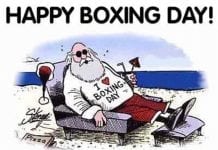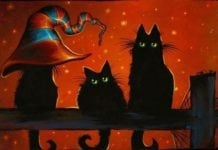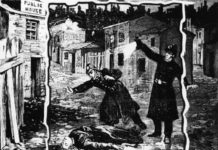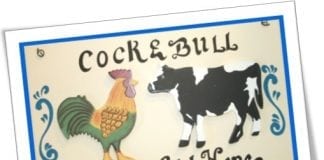This is the national anthem of the self-styled greatest nation on the planet and one of the better-known tunes in the world, the lyrics bursting with national pride and staunch heroism in the face of danger.
–
Oh, say can you see, by the dawn’s early light,
What so proudly we hailed, at the twilight’s last gleaming,
Whose broad stripes and bright stars, through the perilous fight,
O’er the ramparts we watched, were so gallantly streaming?
And the rockets’ red glare, the bombs bursting in air,
Gave proof through the night that our flag was still there.
Oh, say, does that star-spangled banner yet wave
O’er the land of the free and the home of the brave?
Which is why it will please my Irish friends in Chicago no end when they find out that ‘The Star-Spangled Banner’ started out as a drinking song in eighteenth-century London. That should warm up a few baseball games down at the Hidden Shamrock, now that they know that.
The Anacreontic Society was a gentlemen’s club formed in London during the mid 1700s, in honour of the Greek poet Anacreon (570–485 bc) by a group of amateur musicians attempting to promote their craft. The membership was known for its ‘wit, harmony and love of wine’.
The president of the Anacreontic Society, Ralph Tomlinson (1744–78), wrote the words to a drinking song that he called ‘The Anacreontic Song’ and which was soon adopted as the society’s official anthem. The first verse goes like this:
To Anacreon in heaven where he sat in full glee,
A few sons of harmony sent in a petition,
That he their inspirer and patron would be;
When this answer arrived from the jolly old Grecian:,
‘Voice, fiddle and flute, no longer be mute,
I’ll lend you my name and inspire you to boot.
And besides, I’ll instruct you like me to entwine
The myrtle of Venus with Bacchus’ wine.’
And so on it went for five more verses, each one encouraging the members to drink more heartily.
The following year, a teenage composer and organist called John Stafford Smith (1750–1836) wrote the tune (now known as ‘The Star-Spangled Banner’) to fit Tomlinson’s words and the popular song was first published in 1778.
The raucous lyrics and memorable tune were soon well known throughout both England and America, with various tweaks to the words, especially in America where the resulting composition was used as a patriotic song under the titles ‘Jefferson and Liberty’ or ‘Adam’s and Liberty’.
Over forty years later, on the night of 12 September 1814, an American attorney and poet, Francis Scott Key (1779–1843), was held prisoner on a British ship during the Battle of Baltimore.
All night, British forces bombarded the town as one thousand committed Americans put up a stout defence despite their low numbers, and the following morning (by the dawn’s early light), Scott was inspired to see the American flag still fluttering over Fort McHenry.
With that, he sat down and rewrote ‘The Anacreontic Song’ with the words now associated with ‘The Star-Spangled Banner’.
On 27 July 1889, the Secretary of the US Navy ordered that the song should be played every time the American flag was raised on any ship, and in 1916, as America entered the First World War, President Woodrow Wilson insisted the tune be heard at every military occasion.
This soon extended to sporting occasions – within a few years, the baseball World Series was playing the song before every match. Then, on 3 March 1931, President Herbert Hoover passed a law adopting ‘The Star-Spangled Banner’ as the official national anthem of America.
And, with that, what started out as a London drinking song had completed its journey from dockside pub to the White House. – Albert Jack
Albert Jack AUDIOBOOKS available for download here


